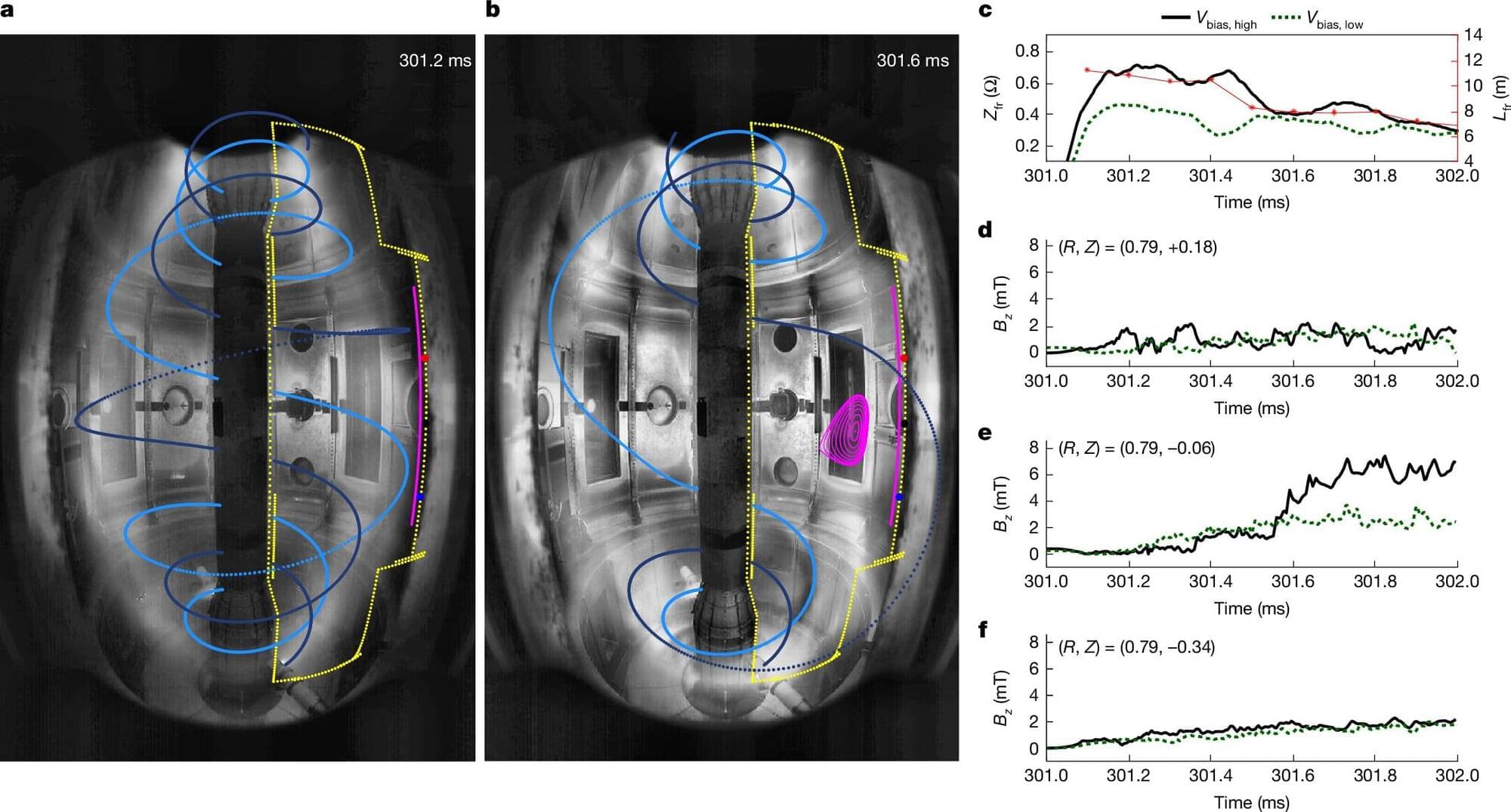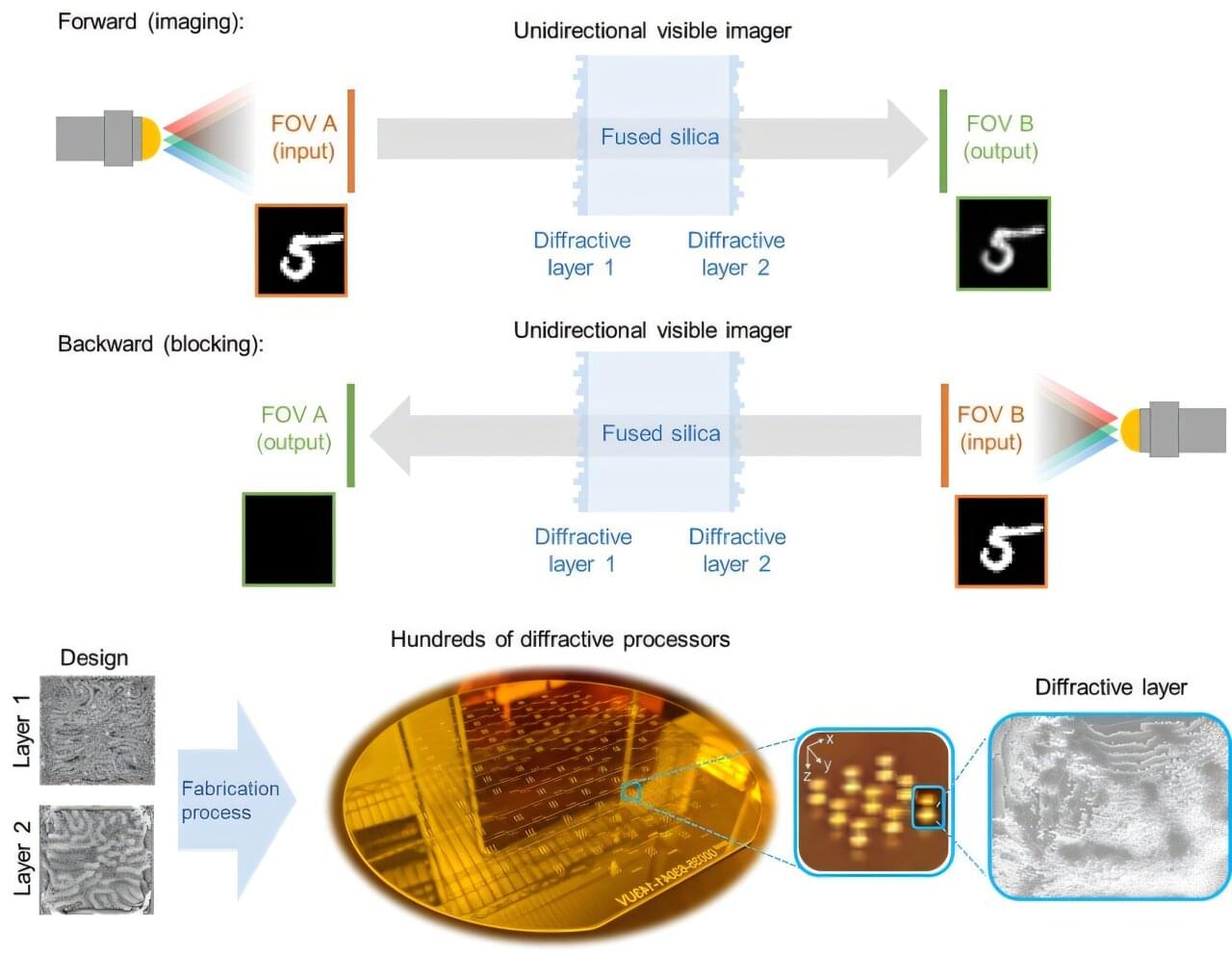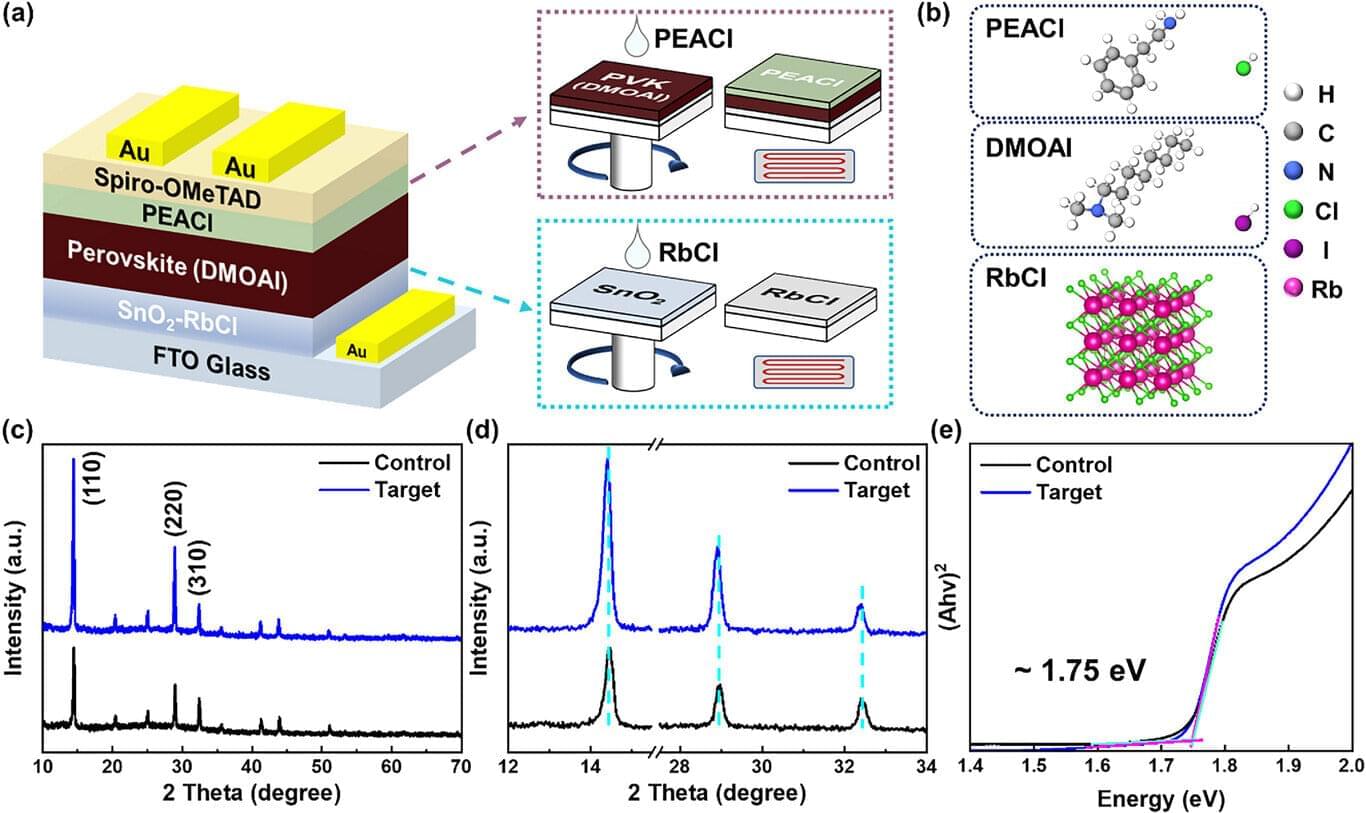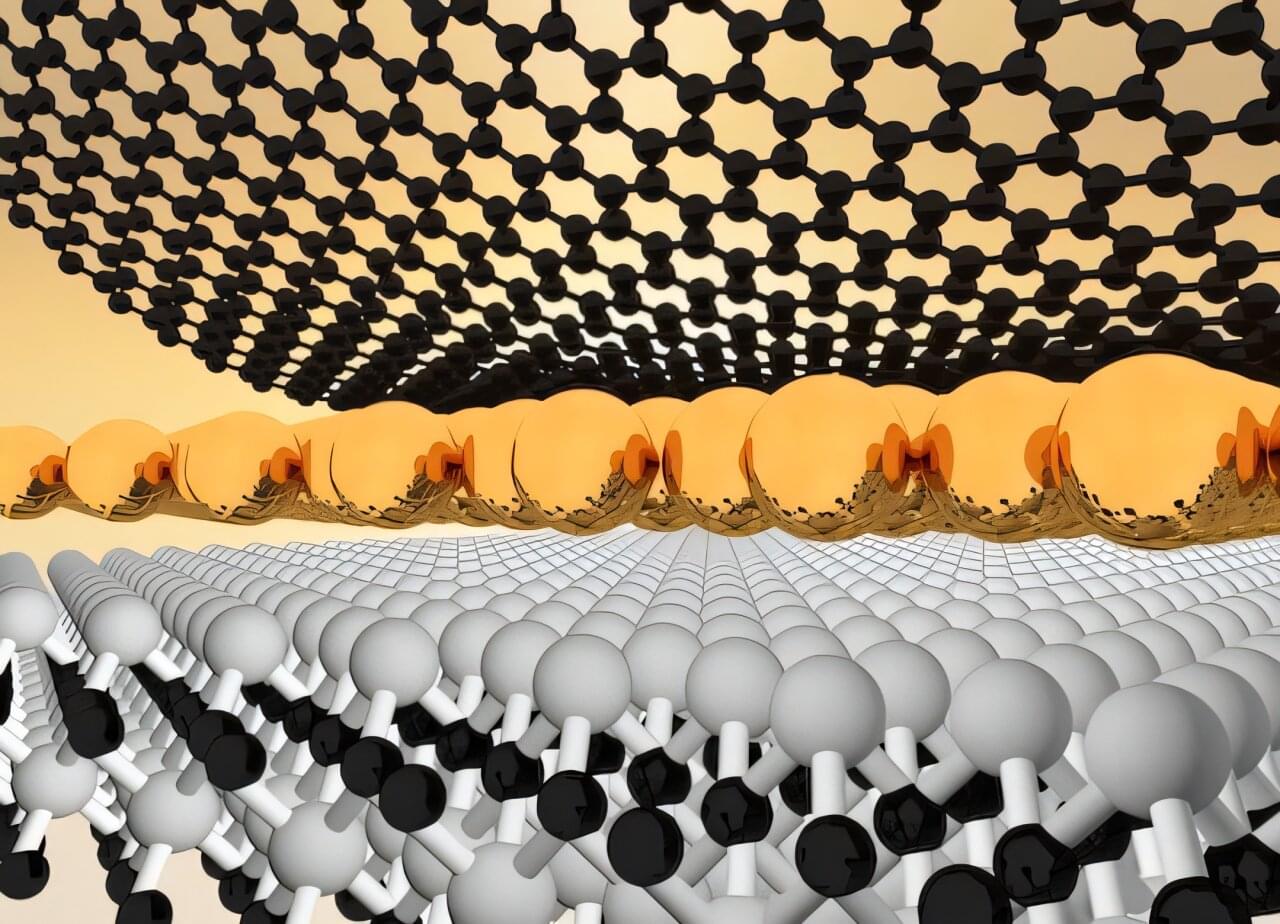NASA’s Europa Clipper, the largest interplanetary probe, tested its radar during a Mars flyby. The results show the kind of detailed imagery the probe will capture once it arrives at Jupiter’s moon Europa.



From smartphones and smartwatches to medical biosensors, the demand for thinner, lighter, and more powerful electronic components continues to grow. Now, scientists at La Trobe University have developed a groundbreaking invisible polymer film that conducts electricity as effectively as metals, yet is flexible, durable, and scalable for mass production. This innovation could transform not only consumer electronics but also advanced health monitoring devices and wearable technology.
The Breakthrough: Tethered Dopant Templating
For decades, conductive polymers — synthetic materials capable of carrying an electrical current — have been hailed as a promising alternative to metals in electronics. However, they have struggled to achieve the necessary combination of thinness, transparency, conductivity, and durability required for high-performance devices.

Sliding ferroelectrics are a type of two-dimensional (2D) material realized by stacking nonpolar monolayers (atom-thick layers that lack an electric dipole). When these individual layers are stacked, they produce ferroelectric materials with an intrinsic polarization (i.e., in which positive and negative charges are spontaneously separated), which can be switched using an external electric field that is perpendicular to them.
Understanding the mechanisms driving the switching of this polarization in sliding ferroelectrics has been a key goal of many studies rooted in physics and materials science. This could ultimately inform the development of new advanced nanoscale electronics and quantum technologies.
Researchers at Westlake University and the University of Electronic Science and Technology of China recently uncovered a new mechanism that could drive the switching of polarization in sliding ferroelectrics. Their paper, published in Physical Review Letters (PRL), suggests that polarization switching in the materials is prompted by wave-like movements of domain walls (i.e., boundaries between regions with an opposite polarization), rather than by synchronized shifts affecting entire monolayers at once, as was assumed by some earlier works.

By analyzing the data from ESA’s Gaia satellite, astronomers from the University of Chicago, Illinois and elsewhere, have identified a new ultra-metal-poor star. The newfound star, designated GDR3_526285, turns out to be one of the most metal-poor stars detected so far. The finding was announced in a research paper published August 8 in The Astrophysical Journal Letters.

In a scientific first, South Korean scientists have provided experimental proof of “multi-scale coupling” in plasma, where interactions between phenomena at the microscopic level and macroscopic level influence each other. The findings could help advance nuclear fusion research and improve our fundamental understanding of the universe.
Plasma is often referred to as the fourth state of matter, distinct from solid, liquid and gaseous states. This unique state is formed when you heat a gas to such high temperatures that electrons are stripped away from their atoms, creating a mix of free-floating positively and negatively charged particles. This state of matter is the most abundant in the universe, and fusion reactions take place within it.
Proving multi-scale coupling has been a long-standing challenge in plasma physics. But in a study published in Nature, a research team led by Dr. Jong Yoon Park from Seoul National University and Dr. Young Dae Yoon from the Asia Pacific Center for Theoretical Physics (APCTP) proved how microscopic phenomena induce macroscopic changes that affect the entire plasma system.

Unless one is a trained fighter jet pilot, or a Formula 1 driver, humans tend not to do well at higher gravity, but tiny green moss plants seem to thrive under such conditions.
A team from Japan found that moss (Physcomitrium patens) exhibited increased photosynthesis under hypergravity conditions (six and 10 times Earth’s gravity) due to enhanced carbon dioxide (CO2) diffusion from the atmosphere into the chloroplasts within the plant leaves.
The plants adapt to the increased gravity by increasing the size of their chloroplasts and the number of leafy shoots of the moss (gametophores). Researchers identified for the first time the gene factor responsible for this response. They named the factor ISSUNBOSHI1 or IBSH1, a namesake of an inch-high, warrior boy from a beloved Japanese fairytale.

Researchers at the UCLA Samueli School of Engineering, in collaboration with the Optical Systems Division at Broadcom Inc., report a broadband, polarization-insensitive unidirectional imager that operates in the visible spectrum, capable of high-efficiency image transmission in one direction while effectively suppressing image formation in the reverse direction.
This device incorporates diffractive structures fabricated through wafer-scale lithography on high-purity fused silica, offering high optical transparency, thermal stability and ultra-low loss.
The work appears in Light: Science & Applications.

An international team led by UCL researchers has developed durable new solar cells capable of efficiently harvesting energy from indoor light, meaning that devices such as keyboards, remote controls, alarms and sensors could soon be battery-free.
The team used a material called perovskite, which is increasingly used in outdoor solar panels, and unlike traditional silicon-based solar panels, has the potential to be used indoors as well as its composition can be adjusted to better absorb the specific wavelengths of indoor light.
A major drawback of perovskite, however, is that it contains tiny defects in its crystal structure —known as traps—that can cause electrons to get stuck before their energy can be harnessed. These defects not only interrupt the flow of electricity but also contribute to the material’s degradation over time.

To map the mammalian brain and its various functions with increasing precision, neuroscientists rely on high-resolution imaging techniques and other advanced experimental tools. These include high-density silicon probes, needle-like devices integrating several electrodes that can be inserted into brain tissue to pick up voltage changes associated with the firing of neurons.
These devices have so far mostly been used to monitor and study the activity of neurons in the rodent brain. However, they proved less effective when studying the brains of non-human primates (NHPs), such as macaques, which more closely resemble the human brain.
Researchers at Columbia University Medical Center and Columbia University recently demonstrated the potential of Neuropixels 1.0 NHP, a more scalable probe developed by IMEC, for collecting brain-wide and high-resolution neural recordings in macaques and other NHPs.

Just as overlapping ripples on a pond can amplify or cancel each other out, waves of many kinds—including light, sound and atomic vibrations—can interfere with one another. At the quantum level, this kind of interference powers high-precision sensors and could be harnessed for quantum computing.
In a new study published in Science Advances, researchers at Rice University and collaborators have demonstrated a strong form of interference between phonons—the vibrations in a material’s structure that constitute the tiniest units (quanta) of heat or sound in that system. The phenomenon where two phonons with different frequency distributions interfere with each other, known as Fano resonance, was two orders of magnitude greater than any previously reported.
“While this phenomenon is well-studied for particles like electrons and photons, interference between phonons has been much less explored,” said Kunyan Zhang, a former postdoctoral researcher at Rice and first author on the study. “That is a missed opportunity, since phonons can maintain their wave behavior for a long time, making them promising for stable, high-performance devices.”